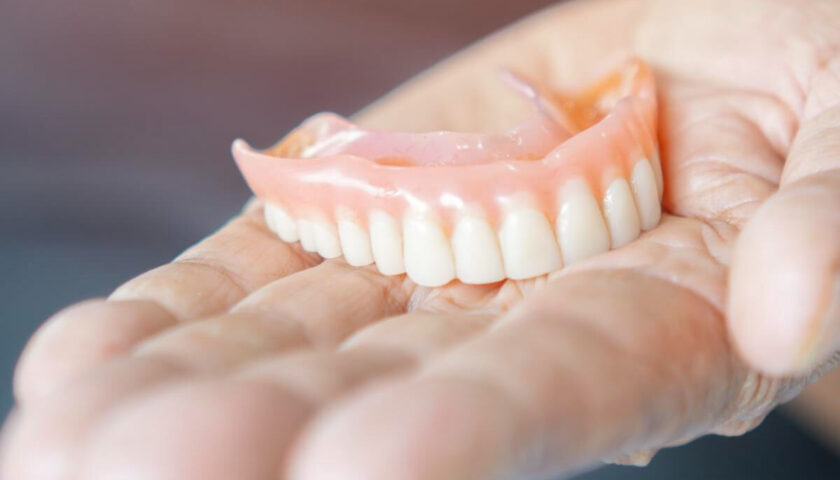Lower back and hip pain often go together. Hips and spine are connected by muscles, ligaments, and nerves, which can cause pain in lower back and hips female from injuries, muscle strains, and chronic conditions like arthritis and sciatica. Lower back and hip pain can range from dull soreness to tingling, radiating pain.
What Causes Hip and Lower Back Pain in Females?
Here are some common hip and lower back pain causes:
- Muscle Strain: Excessive use of these muscles, a traumatic fall or injury, or prolonged sitting can induce strain in your back or hips. Back muscles may compensate for weak core muscles, causing strain. Some muscle strains heal on their own in days.
- Arthritis: Spinal cartilage that smooths small joints can change over time. Facet joints that support vertebrae can develop osteoarthritis. Rubbing may cause pain and stiffness. When the cartilage that cushions the hip joint changes, hip osteoarthritis causes pain, stiffness, and limited range of motion.
- Herniated Disc: Common spine changes can cause this too. Compressing discs can push out the jelly-like center, pressing on sensitive spinal nerves. Sharp or burning pain, numbness, tingling, and weakness may occur. Inflamed nerves may send pain from your hip to your front thigh or to your toes. A combination of physical therapy and NSAIDs like ibuprofen heals most herniated discs in weeks.
- Pinched nerves: Muscle, bone, or tissue compressing a nerve causes pain, tingling, numbness, and weakness. These back, hip, buttock, and leg symptoms can result from a pinched lower back nerve. Arthritis, herniated discs, sports injuries, repetitive motion, pregnancy, and obesity can pinch nerves. With rest, ice or heat therapy, and over-the-counter medications, pinched nerves heal in four to six weeks.
- Sacroiliac Pain: The SI joint links the lower back and pelvis. Arthritis or injury can inflame the joint, causing sharp, stabbing, or dull, aching back, hip, and buttock pain. Sacroiliac joint pain may cause 10-25% of lower back pain.
- Unequal Pelvic Floor Muscles: The tailbone connects your pelvic floor muscles to the back. Tense pelvic floor muscles can cause dull ache. Doctors say pelvic floor pain is often misdiagnosed as back pain. Overuse and strain occur when pelvic floor muscles struggle to support pelvic organs, forcing back muscles to work harder.
- Sciatica: Sciatica is pain, numbness, tingling, and weakness along the sciatic nerve caused by inflammation or compression. The lumbar pain frequently extends down one or both lower extremities. The back of the calf, knee, and foot can also be affected.
- Piriformis Syndrome: The piriformis muscle, resembling a band, is located in the buttocks adjacent to the hip joint. The sciatic nerve can be irritated or compressed by piriformis muscle inflammation. Buttock pain, muscle spasms, numbness, tingling, and pain down the leg and foot can result. Sometimes called “piriformis syndrome,” these symptoms are debated as distinct from sciatica.
- Spinal Stenosis: Spinal stenosis narrows the spinal canal. As space decreases, nerve pressure or irritation increases, causing lower back pain and stiffness and leg tingling or numbness.
- Scoliosis: With a sideways spine, your weight is unevenly distributed across your back. This can strain low back muscles.
- Soft tissue injuries can cause lower back and hip pain, but sometimes there is no obvious cause. In this case, the why of your pain is less important. Consider how to get relief instead.
Strategies for Managing Chronic Low Back and Hip Pain
Chronic low-back and hip pain affects more than the body. It can prevent you from enjoying your hobbies and cause depression. Fortunately, you can manage pain and improve your emotional and physical health.
Chronic low-back and hip pain management tips:
- Stay active: Exercise is essential for chronic back pain treatment. It is one of the first treatments that Dallas pain clinic recommended. A physical therapist can create a plan for your health and suggest ways to exercise daily.
- Improve posture: Watch your posture and improve it. Maintain good posture while sitting, standing, and walking; lift heavy objects properly; and avoid prolonged sitting.
- Fix sleep issues: Adults need 7–9 hours of sleep. Making your bed comfortable, keeping smartphones and other devices out of the bedroom, and keeping your bedroom dark and cool can improve your sleep. After improving sleep hygiene, see a doctor if you still have trouble sleeping.
- Stress management: High stress can make back and hip pain harder to manage. Try mindfulness meditation, deep breathing, and yoga to relax. smartphone apps can help with relaxation and meditation.
- Creams for pain: You can buy OTC painkillers at your local pharmacy or online. Many of these relieve pain by cooling and numbing. Some new creams contain CBD. CBD ointments and creams reduce spinal surgery-related back pain, according to research.
- Consider other therapies: Acupuncture, massage, laser therapy, and electrical nerve stimulation can help chronic back and hip pain. Ask your doctor about alternative treatments.
- Change your diet: Inflammatory foods may cause pain in lower back and hips female. These include trans fats, refined sugars, and processed foods. Ask your doctor about diet changes for hip and back pain. Healthy weight reduces spinal pressure, which may help back and hip pain.
Summary
low-back and hip pain are common issues. The back muscles and spine bear a significant portion of the body’s weight during ambulation, standing, sitting, and various activities, resulting in back and hip discomfort. Back and hip pain can result from injuries, arthritis, poor posture, or repetitive lower back stress. Pregnancy, PMS, endometriosis, and dysmenorrhea cause pain in lower back and hips female. Chronic back pain lasts three months or more. Chronic back pain can cause hip, leg, and buttock pain. Back and hip pain usually affects one side, but it can radiate through the lower back and hips. Lifestyle medications and self-care can treat low-back and hip pain. Your back pain doctor in Dallas can prescribe additional treatments to manage underlying causes and severe pain. Back and hip pain rarely require surgery.



